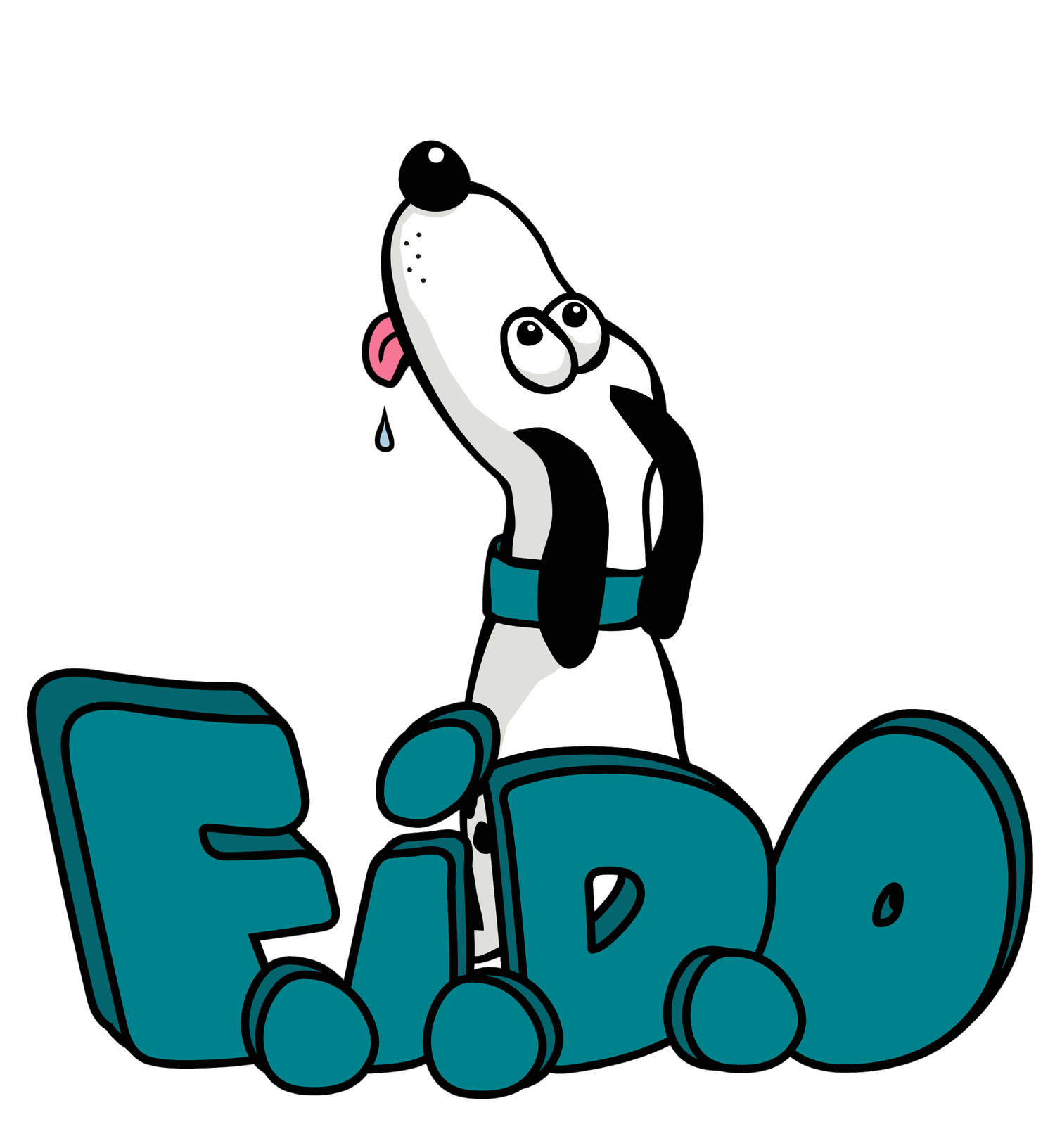What is Classical Conditioning for dog reactivity training
I often get asked how I train reactive dogs and whether it’s any different from the usual dog training methods people think of.
When people talk about a dog being reactive, they usually mean the dog gets overly worked up about certain things—like other dogs, people, or even loud noises. It’s totally normal for animals to react; it's part of being aware of their surroundings, and in many cases, it’s actually a good thing. Over-reaction or inappropriate reaction is the problem.
Every dog is unique, and their feelings can vary hugely. The first step for me is figuring out what’s going on with each individual dog. Are they just excited? Are they protecting something or someone? Or are they feeling anxious or scared? I always aim to work with the dog and their owners to help the dog learn to think and feel differently about whatever is making them react negatively. Most of the time, this includes using a training method called Classical Conditioning, either on its own or paired with more well known training techniques.
Classical Conditioning isn't the same as the typical training methods we might think of. When training a dog to sit, come when called, or any other skill, we often use food, hand signals, or verbal cues to guide them into position and then reward them with treats, praise, or a fun game. This is known as Operant Conditioning.
In Operant Conditioning, we try to phase out treat rewards pretty quickly, shifting instead to praise and what we call “life rewards,” like a game or the chance to sniff around. If we don’t wean them off the food, dogs can become too reliant on it and might not listen unless treats are in sight. Sometimes they’ll even find something else more interesting and tune out the cues altogether.
In Classical Conditioning, the goal is to change how the dog feels about something they find scary or stressful. Food plays a big role here because it creates a positive response in the dog, helping them make a good association with whatever they’re worried about. Basically, it’s like this: “I see something I don’t like, and then something really good happens. Maybe it’s not such a big deal after all.” This can even work if the dog is too anxious to take food at first.
Timing is everything with this approach! If your dog spots something that scares them and immediately gets a tasty treat, they might start to link that scary thing with something good—assuming they aren’t too close to it to think straight. But if the treat comes before they see the scary thing, that’s not great. The dog could end up associating treats with something bad about to happen, which isn’t good. At the very least, they might stop wanting treats, or at worst, it could trigger them to react even more.
If the food is attractive enough to the dog, scattering it on the ground can also help to distract dogs from over-reacting. Food is not acting as a reward in this situation but just helps the dog to break out of their survival mode state. It can lower arousal levels by engaging their foraging instincts, helps dogs to think about something else, and puts their head down on the ground, a position incompatible with over-arousal.
Classical Conditioning helps dogs feel more at ease in situations that they previously found tough. The calmer they are, the less they’ll overreact, and eventually, they may even be able to enjoy those situations instead!

